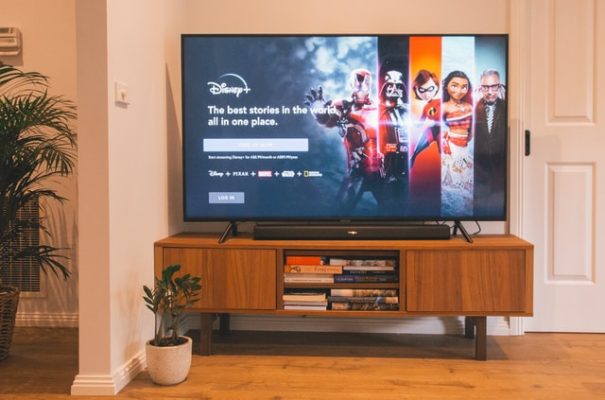The content distribution model within the enterprise has changed dramatically in recent years.As companies move toward a more tech-savvy ecosystem, day-to-day operations and interactions have been given a streaming makeover.
Companies most often use online video platforms to facilitate productive interactions among employees, deliver training modules, streamline onboarding processes, promote investor relations, and speak in town hall meetings.
Now, this type of content requires a workflow to keep it secure from prying eyes, also known as piracy.
What is DRM?
“DRM (Digital Rights Management) is a secure set of methods for packaging premium content during storage and transport.
In other words, it creates a line of defense around the video stream to prevent unauthorized access.
Implementing DRM for copyrighted corporate content ensures that only those authorized through encryption and access control measures can access the content.
DRM improves video security and restricts black market hackers from copying, modifying or redistributing organizational data with business-specific access policies.
Especially in enterprise environments, DRM occupies a front-row seat due to the constant sharing/distribution of sensitive information among peers, business partners, stakeholders, etc.
How does DRM work?
- Content providers encrypt content using symmetric key encryption algorithms (e.g. AES) before making it available to end users. The key is stored in a key management server (KMS) provided by the DRM solution provider. 2.
- The encrypted content is delivered to the end-user’s client player via a content delivery network (CDN). Other information used for DRM integration (such as DRM license server and authentication token) is sent along with the content as metadata of the content.
- Before playing the DRM content, the player requests a DRM license from the DRM license server, which contains the encryption key for the content.
- The DRM license server validates the request and issues a DRM license. the DRM license can contain content usage rules, such as playback time limits. If the user is not authorized to use the content, the server will return a failure response.
- After the license is issued successfully, the player uses the key in the DRM license to play the DRM content.
XMediaDRM is a comprehensive multi-DRM solution that addresses the protection and operational needs of TV Operators, Content Providers and App Developers for premium content.
Unified Management
Manage user entitlement and access by geographic region and device category on one unified system.
Multi-DRM
XMediaDRM supports Google Widevine, Apple Fairplay, Microsoft PlayReady, Huawei WisePlay, and AES-128 with streaming protocols such as HLS/DASH/HSS.
Widevine CAS
XMediaDRM supports Widevine CAS, which can meet the digital rights protection in DVB/IPTV scenarios.
Anti-Capture Protection
XMediaDRM can support anti-capture protection at the operating system level on Android and iOS devices to effectively avoid content leakage.
Flexible License Policies
XMediaDRM supports flexible license policies including playback policies and security policies, such as license persistent, license duration, HDCP output control, etc.
Multi-Screen
XMediaDRM supports various terminals and platforms including Mobile & Tablet (Android, iOS, and iPad), SmartTV (Samsung (Tizen), LG (webOS), Android TV) and HTML5 Browser (Chrome, FireFox, Microsoft Edge, Safair, and Opera).
Diverse Access Control Policies
XMediaDRM supports a variety of access control policies including device access control, subscriber access control, geo-blocking access control and blacklist access control.
Hardware-Level DRM Support
In addition to software-based DRM, we support the highest level of DRM protection – hardware-level DRM. This level of protection needs supporting playback hardware to enable it.
DRM Offline Playback
XMediaDRM Offline is a Multi-DRM solution that can support content delivery and playback in offline environments. It is designed for travel and hospitality applications with limited internet access.
DRM is an integral part of every streaming architecture, not just in the enterprise, but in every other vertical that distributes copyrighted content.While securing sensitive information, it also ensures that you have complete control over your organization’s video content in storage and in transit.In addition to managing a DRM solution within your workflow, you can also work with a streaming solution provider that has built-in DRM tools and technology, such as Xmediacloud
Xmediacloud can secure on-demand and live corporate video with encryption, dynamic watermarking, login protection, paywall integration and SSL certificates to help launch a professional streaming platform that keeps sensitive information from being compromised.
